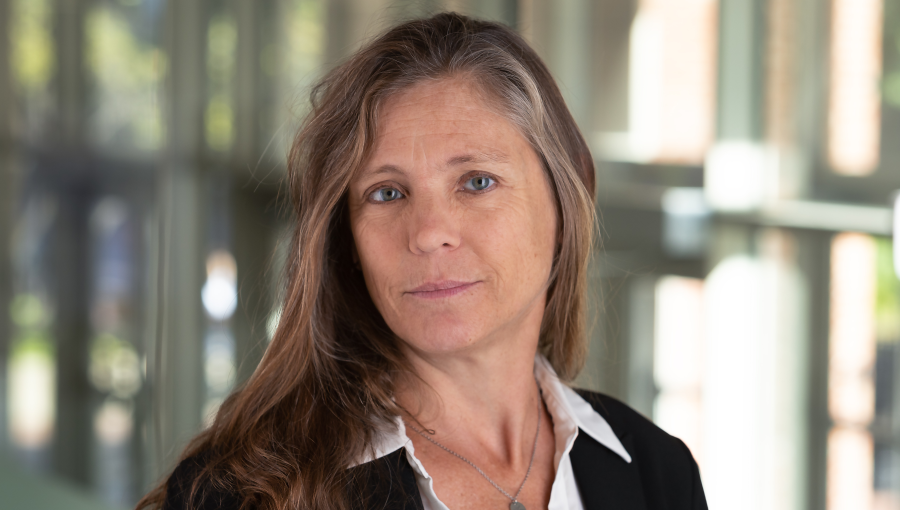"Reflections on the Revolution of 1979 in Iran:" JCU Welcomes Prof. Michael Axworthy
“If we want everything to stay the same, everything has to change” – this quote from Giuseppe Tomasi di Lampedusa’s novel The Leopard mentioned by Professor Michael George Andrew Axworthy can be considered the leitmotif of his recent lecture on the Iranian Revolution at JCU.
John Cabot University welcomed Prof. Axworthy for the Presidential Lecture “Reflections on the Revolution of 1979 in Iran and Why History Matters” on June 14th.
A British academic and author, Prof. Axworthy was the head of the Iran section at the British Foreign & Commonwealth Office between 1998 and 2000. Since 2005, he has taught Middle East history at Exeter University. He was appointed Director of the university’s newly established Centre for Persian and Iranian Studies in 2008 and since 2012, when he was awarded a Ph.D., Axworthy has been a senior lecturer in the university’s Institute of Arab and Islamic Studies.
His first book, The Sword of Persia: Nader Shah, from Tribal Warrior to Conquering Tyrant, was published in 2008 and his second, Empire of the Mind: A History of Iran, was published in the following year. In 2013 Axworthy published Revolutionary Iran: A History of the Islamic Republic. Axworthy has written articles for academic journals and for publications such as The Guardian, Prospect and The Independent, and has appeared on broadcast programs such as Start the Week, Sky News, Today and A History of the World in 100 Objects.
The lecture started with an introduction by Federigo Argentieri, Professor of Political Science and Director of Guarini Institute for Public Affairs. He stressed the importance of the Iranian Revolution, one of the most significant in world history, along with the Russian Bolshevik and French revolutions. As the 40th anniversary of the Iranian Revolution approaches, this topic is becoming more and more relevant.
Axworthy also pointed out how the time is ripe for reflection and reassessment of the revolution. He reminded the audience of some basic facts: the upheavals were violent and divisive and began in a period of economic uncertainty, with high rates of unemployment and in a country undergoing a severe oil crisis. A high number of demonstrators were shot and killed, prompting only more violence and demonstrations, including strikes of oil industry workers. The last Shah of Iran (Mohammad Reza Pahlavi), who was perceived by many Iranians as a “puppet” of the West (particularly, of the US), was finally overthrown and fled the country. On March 31, 1979, the country held a referendum, where almost 98% of the population voted for Iran to become an Islamic Republic. The revolution was led by Ayatollah Khomeini, a Shia cleric, who believed that the Shah had moved away from true Islamic values and that Iranians should reject the influence of both capitalism and communism, preaching “Neither East nor West – Islamic Republic!” According to Axworthy, the revolution was successful, because for a brief time a large majority of Iranians came together, despite differences, and ended the monarchy.
Professor attempted to answer the question ‘Why did the revolution happen at all?’ Part of the answer lies in the alliances stipulated at the time. The Shah was focused on the communist threat, promoting alliances with the Western powers, including the US, and thus letting these countries meddle in internal Iranian affairs. Americanism was a model taken by Iran, but this foreign culture challenged Iranian identity. Strikes were crucial in leading to the success of the later stage of the Revolutions (December 1978 – January 1979). The Shah hoped peasants would side with him after his land reform, but the reform was viewed as Western-oriented and people refused to trust the monarch. Axworthy also pointed out the importance of the generational and social differences among protesters, with younger protesters being more violent. Those differences were evened out by Khomeini’s charismatic personality, which united the protesters by appealing to the patriotic feelings of many and by promising political and social freedoms. Once he gained power, however, Khomeini immediately brought back the hijab, meaning that leftist and feminist hopes were dashed. Religion took a central dominating role in both Iran’s politics and society: “Khomeini dominated by trying to defend Islamic traditions and resisting the political and cultural encouragement from the West,” explained Axworthy.
Axworthy takes on yet another interesting question: ‘Why has the revolution not happened before?’ To answer, he looks at the role the clergy played at the time. Before 1979, the Iranian clergy faced economic and social challenges and lacked a clear political stance or affiliation. However, over the years, the clergy became a natural alternative for the people to turn to when the monarchy failed and the Shah lost trust. The Shah, Axworthy explains, left the clergy alone either because he thought the clergy would support him, or because he was afraid it was too powerful. The Islamic Republic created in 1979 by Khomeini has survived, despite numerous attempts to take it down. Unlike the French and the Russian Revolutions, the key to the Iranian’s revolution success was the fact that it was deeply rooted in religion.
Axworthy ended his lecture by pointing out the pivotal role that the 1979 Iranian revolution played in world history and reminded the audience that the work of historians is fundamental: “Now more than ever, history and the role of historians, who seek to discover the truth, are important. History is natural, as people want to know what happened, and if we do not deal with it, somebody else will and will not do it properly. So, let’s do it.”
(By Maria Madyrova and Greta Rossi)






